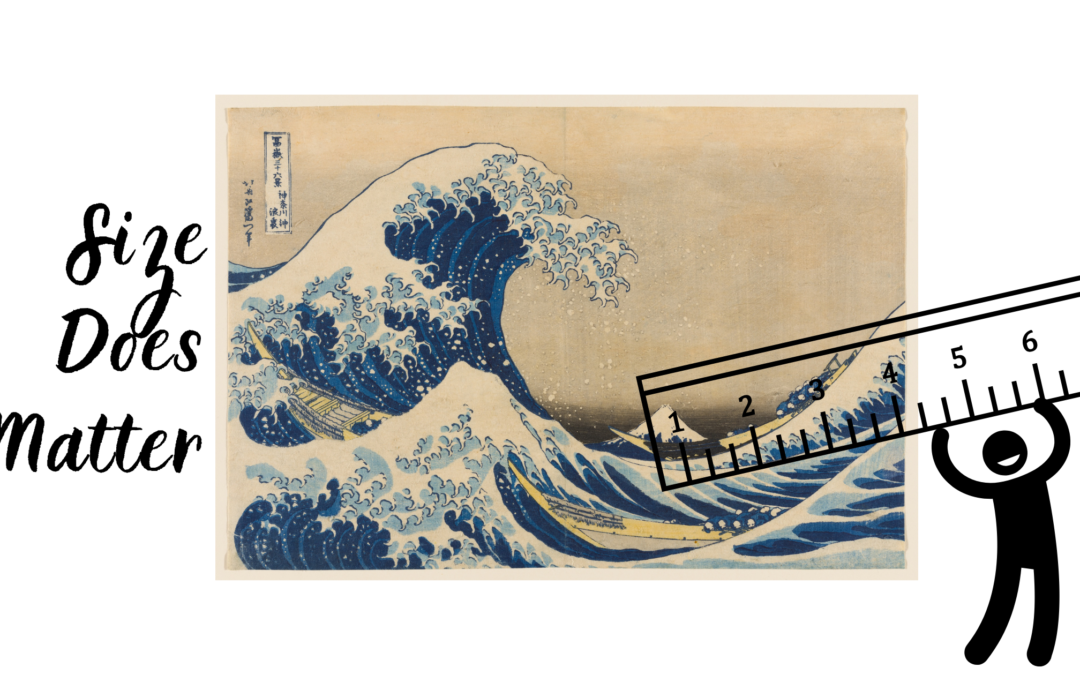
by Kristen O'Neill | Sep 23, 2024 | Art Lessons
“The Great Wave,” (Under the Wave off Kanagawa, or Kanagawa oki nami ura), is one of the most recognizable artworks in the world. I first saw this woodblock print in real life when I was at the Art Institute of Chicago. I was blown away by how much...
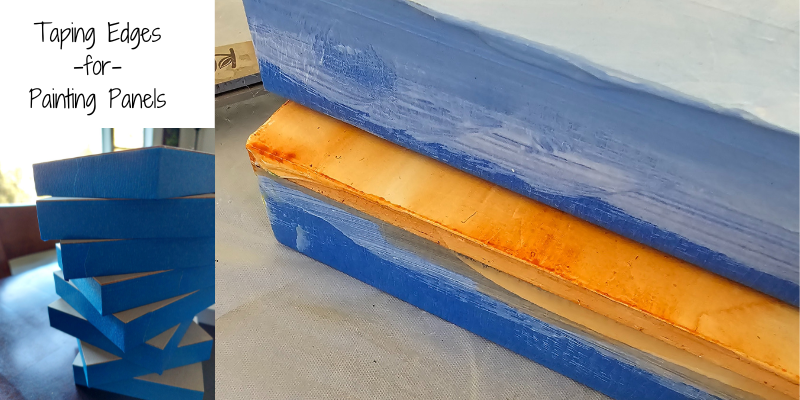
by Kristen O'Neill | Jul 15, 2024 | Art Lessons
Properly taping edges on your painting wood panels ensures clean, crisp lines and a professional finish. Whether you’re a seasoned artist or just starting out, this technique can make a significant difference in the professional look of your work. Here’s a guide...

by Kristen O'Neill | Sep 11, 2023 | Art Lessons
Contrast is an important principle of design that refers to the difference between two elements in a painting. The right amount of contrast can make a painting pop and grab the viewer’s attention. It can also add a sense of depth and dimension to a painting....
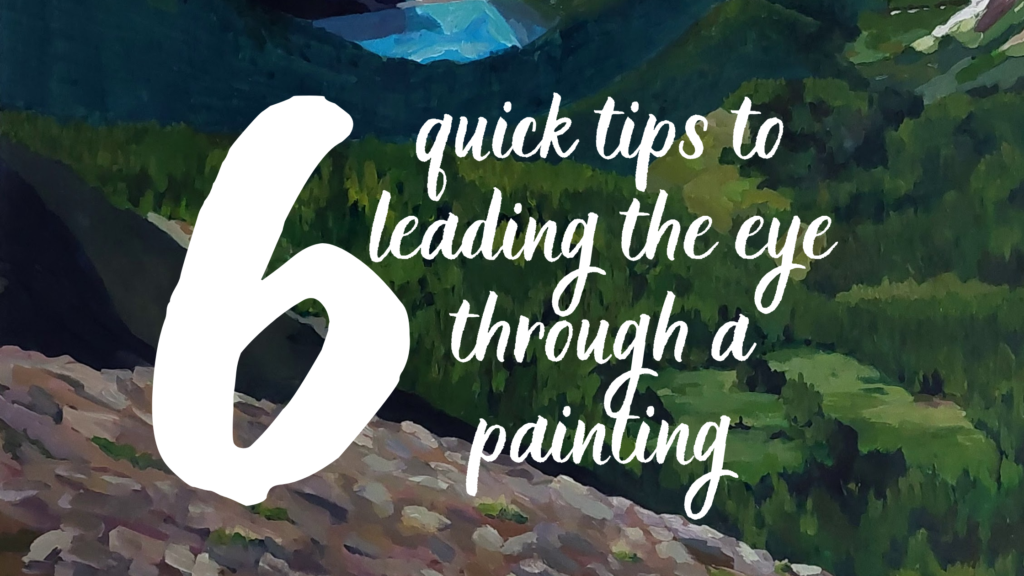
by Kristen O'Neill | Aug 8, 2023 | Art Lessons
Leading the viewer’s eye through a painting is an important aspect of creating visual interest and directing the viewer’s attention to specific areas of the composition. Here are some tips on how to lead the eye through a painting: Use a clear focal point:...

by Kristen O'Neill | Aug 1, 2023 | Art Lessons
As a painter, it’s important to understand the principles of design in order to create visually appealing and harmonious pieces. One the concepts in art and design is balance. Balance refers to the distribution of visual weight in a composition. It creates a...
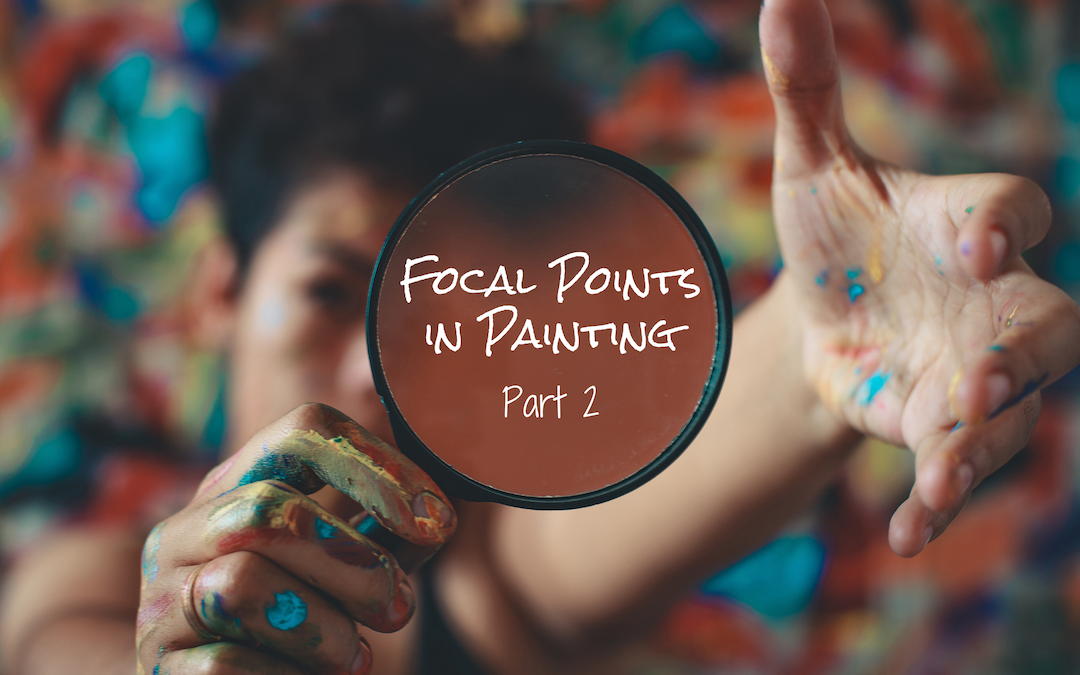
by Kristen O'Neill | Jul 25, 2023 | Art Lessons
In the last lesson we covered WHY to use focal points in your art, and what they are. In this lesson we cover the HOW. Tips for Creating Focal Points: Choose a Main Subject: The first step in creating a focal point is to choose a main subject for your painting. This...
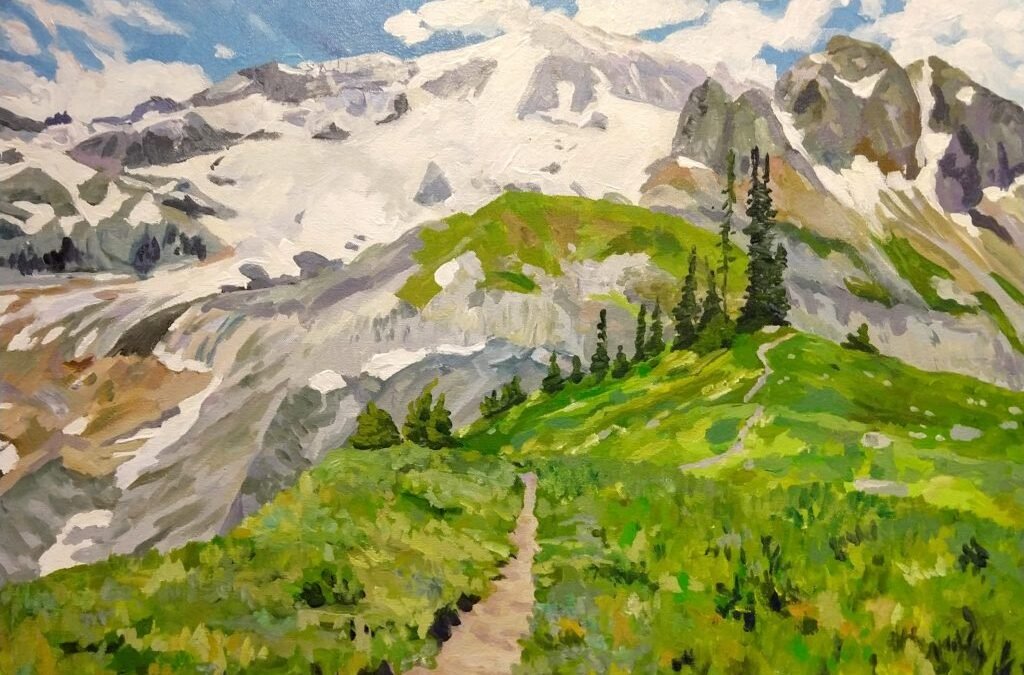
by Kristen O'Neill | Jul 11, 2023 | Art Lessons
Movement in art refers to the visual flow or direction of elements within a composition. It can create a sense of action, rhythm, and energy in a painting. As a crucial aspect of design, movement can guide the viewer’s eye through the artwork and affect the...
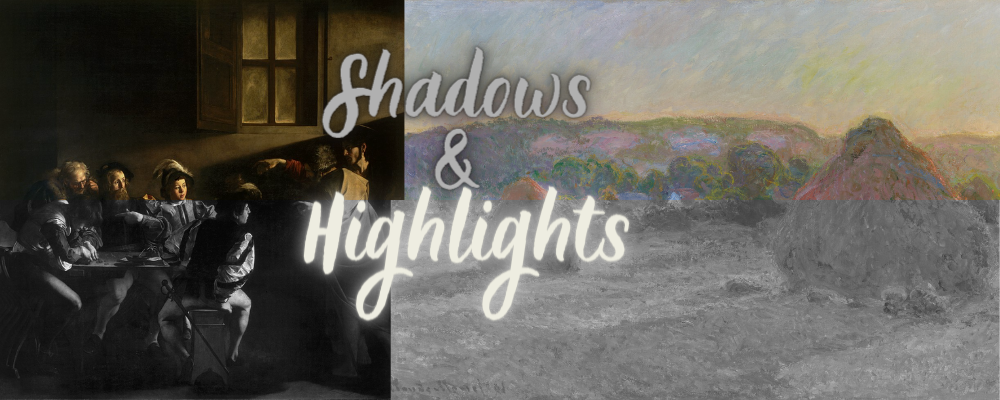
by Kristen O'Neill | Jul 4, 2023 | Art Lessons
Shadows and highlights are powerful tools for creating depth and dimension in painting. By carefully controlling the placement and intensity of light and shadow in a composition, you can create a sense of three-dimensionality and bring your paintings to life. Here are...
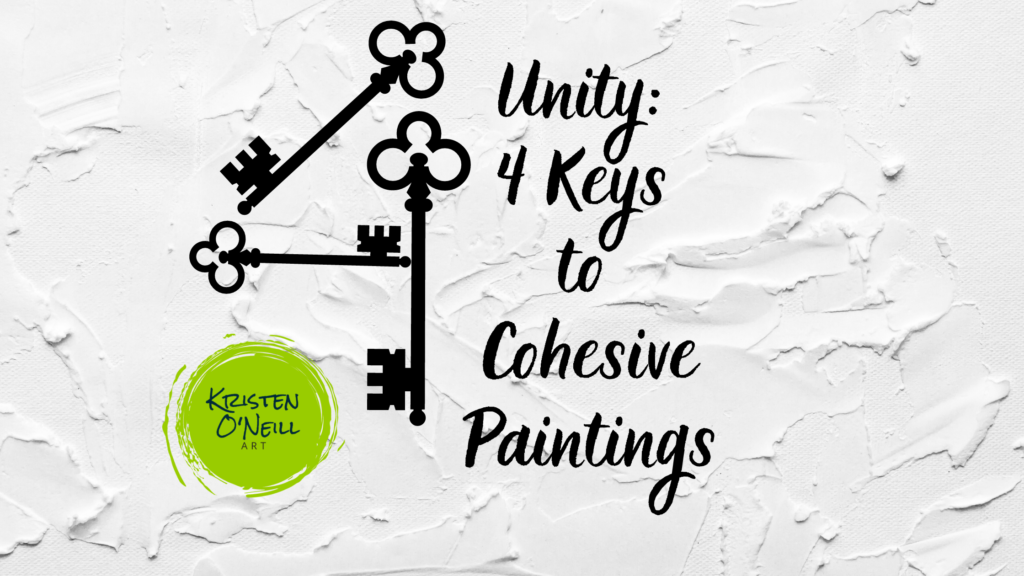
by Kristen O'Neill | Jun 20, 2023 | Art Lessons
Unity is a fundamental principle of design that plays a crucial role in creating cohesive and impactful paintings. Unity refers to the way elements in a composition work together to create a harmonious and aesthetically pleasing whole. Here are a few tips for creating...
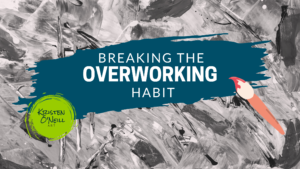
by Kristen O'Neill | Jun 13, 2023 | Art Lessons
As a painter, it can be tempting to keep adding more and more details to a painting in an effort to make it perfect. However, overworking a painting can often have the opposite effect, making the painting look cluttered and overburdened. Establish a Focal Point By...
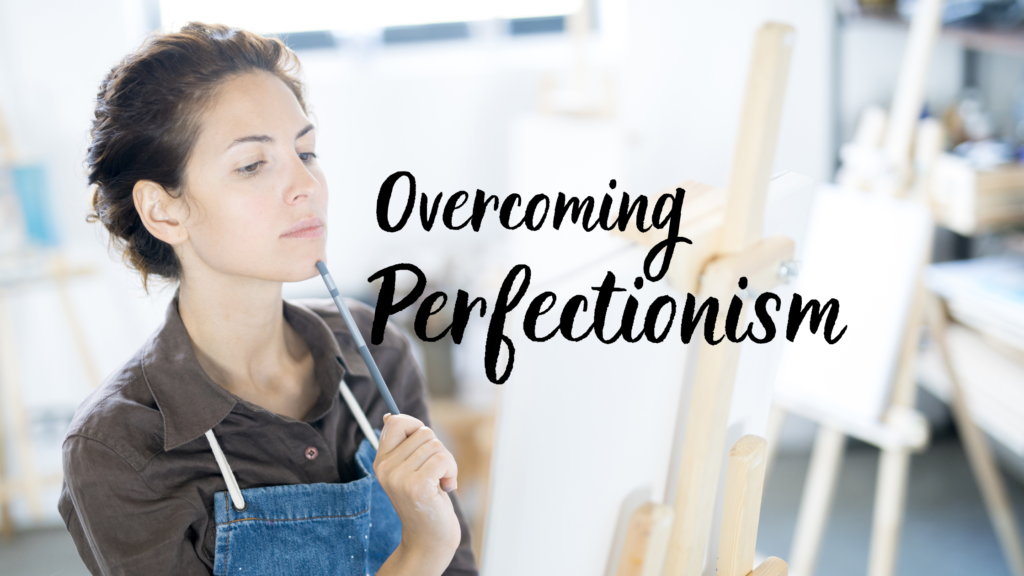
by Kristen O'Neill | May 30, 2023 | Art Lessons
What are you aiming for? If we are striving for a great final painting, we can cause issues for ourselves by being stuck on perfectionism. The fear of making a mistake that we can’t recover from, or perhaps making a lack-luster painting, is something that can...
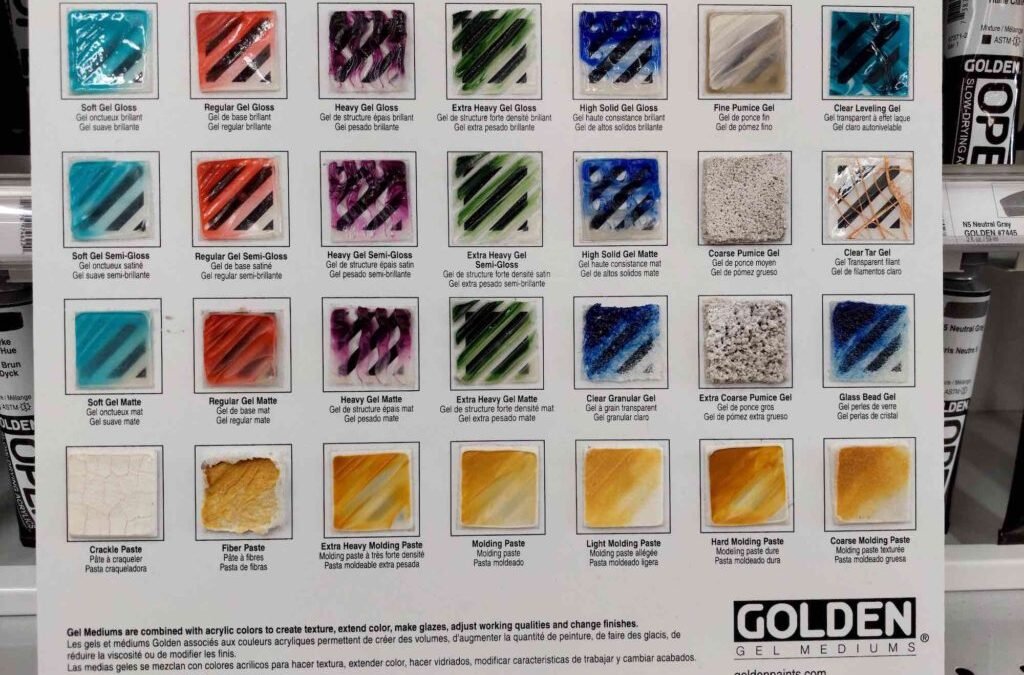
by Kristen O'Neill | May 16, 2023 | Art Lessons
As a painter, it is important to understand the different mediums that can be used to modify the consistency and finish of acrylic paints. Two of the most common mediums used with acrylic paints are water and acrylic mediums. Both have their own unique characteristics...

by Kristen O'Neill | May 9, 2023 | Art Lessons
As a painter, you want your artwork to be visually interesting and engaging to the viewer. One way to achieve this is by using the principle of emphasis. Emphasis is the act of making a specific element of your painting stand out and draw the viewer’s attention....

by Kristen O'Neill | Apr 26, 2023 | Art Lessons
As a painter, you want your colors to be vibrant and lively, but sometimes, your colors can end up looking dull and muddy. This is a common problem for artists, but it can be prevented with a few simple techniques. Here are some tips to help you avoid muddy colors in...
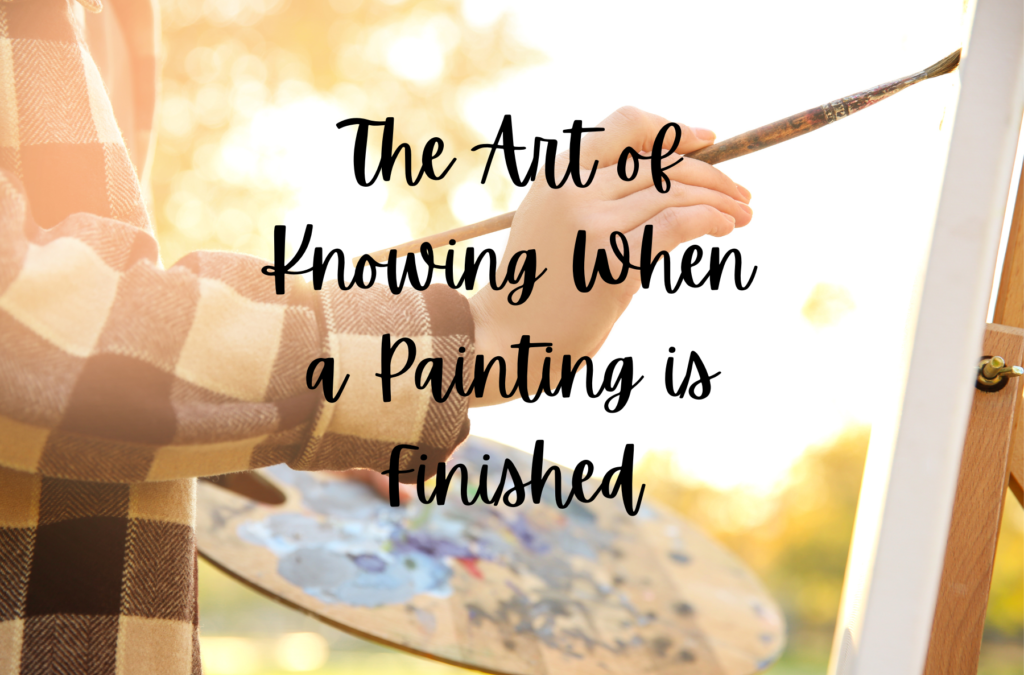
by Kristen O'Neill | Apr 25, 2023 | Art Lessons
As a painter, you have likely experienced the struggle of knowing when a painting is finished. On one hand, you want to keep adding details and perfecting your work. On the other hand, you don’t want to overwork the painting and lose the energy and excitement...

by Kristen O'Neill | Apr 17, 2023 | Art + Nature, Art Lessons
Originally, I planned for this lesson to be about the principle of design patterns. However, I started to go down the Golden Ratio and Fibonacci Sequence rabbit hole, and quickly realized it needed it’s own lesson. Hope you find this information as fascinating...
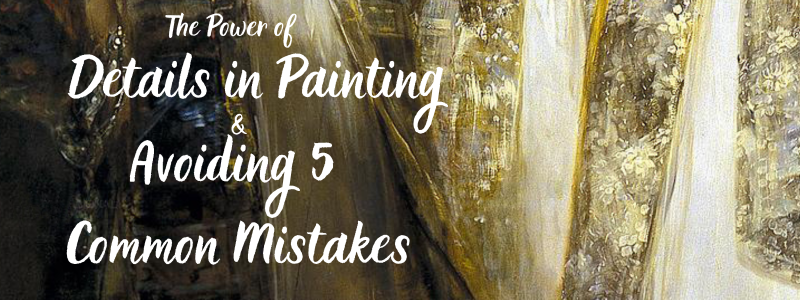
by Kristen O'Neill | Apr 4, 2023 | Art Lessons
Details are an integral part of a painting, helping to bring it to life and tell a story. Whether it’s the intricate patterns on a garment, the weathered lines on a face, or the delicate veins of a leaf, details can make a painting truly remarkable. In this...
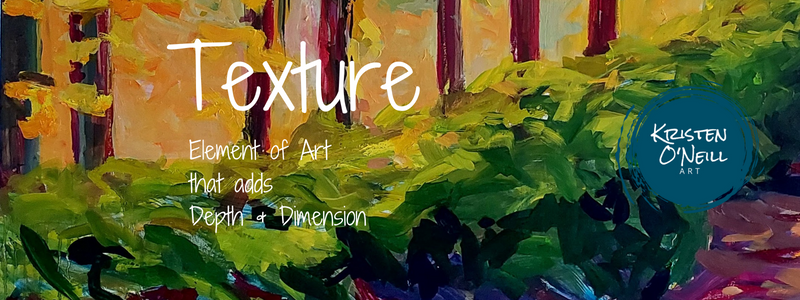
by Kristen O'Neill | Mar 28, 2023 | Art Lessons
Texture is one of the “elements of art” and is often used by artists to add depth and dimension to their works. It can bring a painting to life and make it more engaging for the viewer. In this lesson, we’ll explore what texture is, how it’s used in art,...
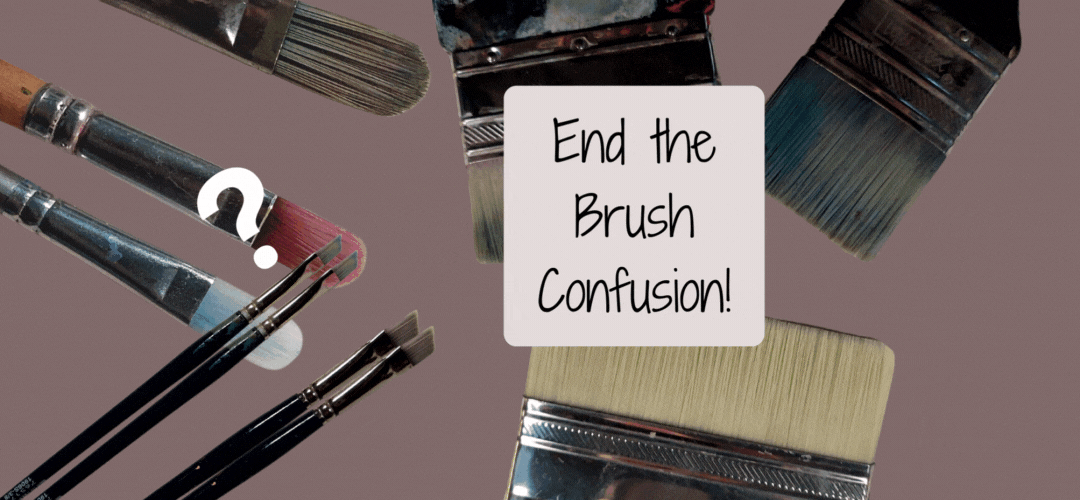
by Kristen O'Neill | Mar 21, 2023 | Art Lessons
End the Confusion About Paint Brushes! There is a lot of confusion around brushes. Which one should I use? What is the difference? Do I need all these?? While we could experiment with trying out all the brushes there are, we would probably need to cash out our...
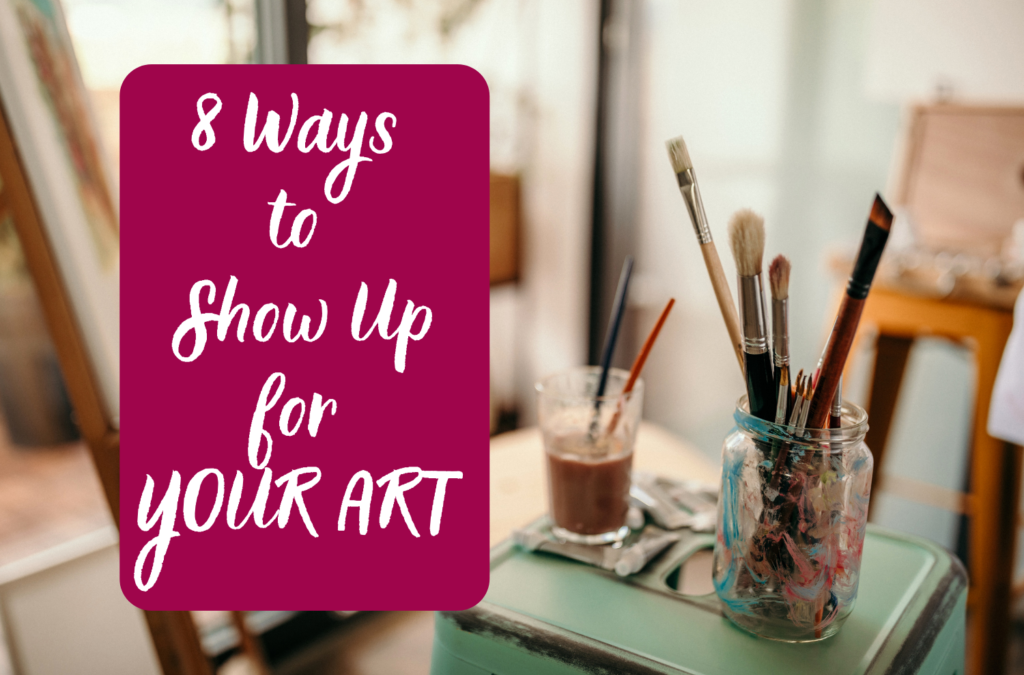
by Kristen O'Neill | Mar 14, 2023 | Art Lessons, The Practice of Art
Prioritizing Time for Painting As an artist, you know how important it is to have studio time to create and produce new works of art. However, with busy schedules and daily responsibilities, it can be challenging to find the time and the energy to paint. If...

by Kristen O'Neill | Mar 7, 2023 | Art Lessons
Shape is the element of art that refers to the two-dimensional outline or silhouette of an object or form. Whether you’re working with painting or drawing, understanding the role of shape in art can help you to create successful, impactful artwork. Types of...

by Kristen O'Neill | Feb 28, 2023 | Art Lessons
Painting skies has lots of leeway for mistakes and creativity. Clouds, colors, feelings – the variety that skies offer is astonishing and inspiring. However, no matter the type of sky you paint, there is one steadfast rule that needs to be followed. The sky is...
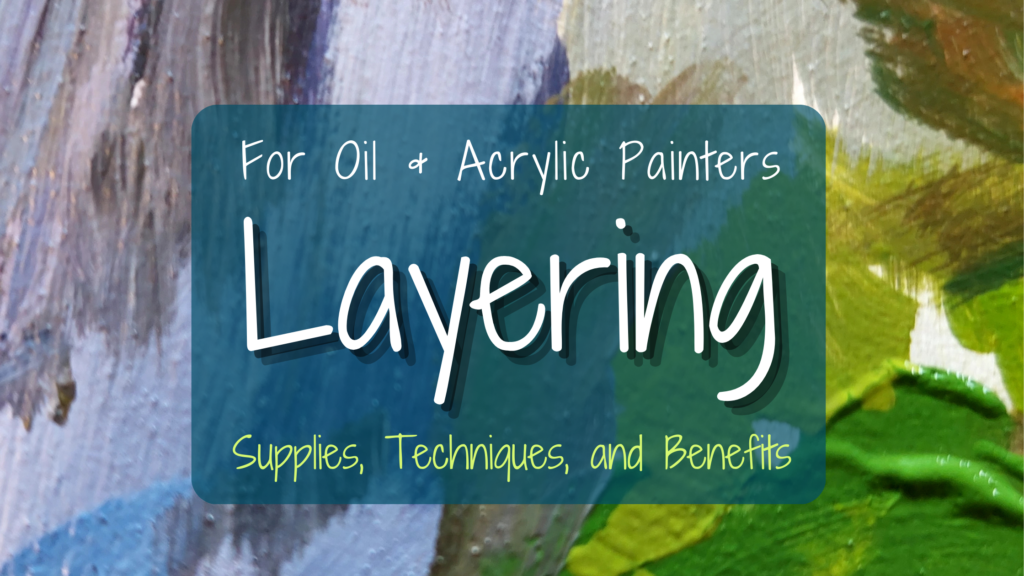
by Kristen O'Neill | Feb 21, 2023 | Art Lessons
Layering is a fundamental technique in opaque painting, where the application of multiple layers of paint on top of each other can create depth, dimension, and richness in a painting. Whether you’re working with oil, acrylic, or any other opaque medium, layering...

by Kristen O'Neill | Feb 14, 2023 | Art Lessons
Lines are one of the most basic elements of art and can be found in nearly every piece of art that has ever been created. They can be thick or thin, smooth or jagged, straight or curved, and can be used to create a variety of effects in a painting. Understanding how...
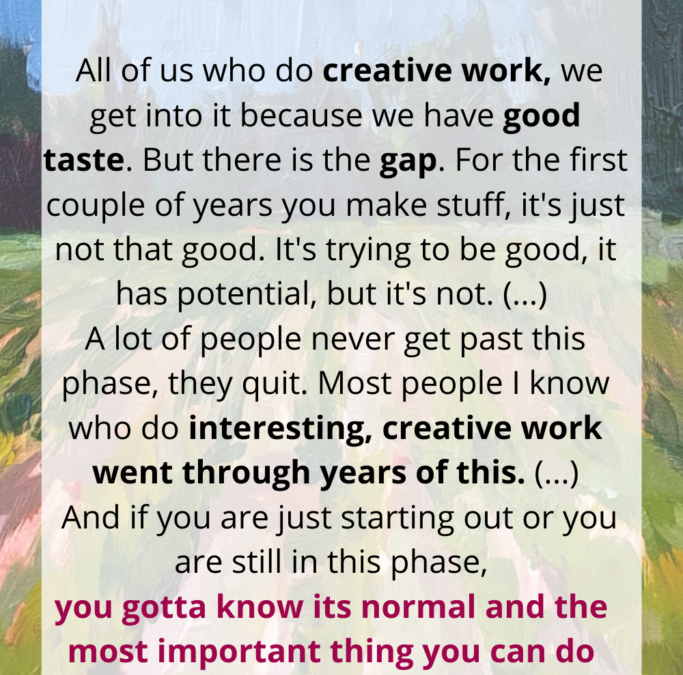
by Kristen O'Neill | Feb 7, 2023 | Art Lessons
I saw this quote, and knew I needed to do an art lesson on it. Because there are two arcs to this story. As an artist, we progress. Also, each artwork does this, too. Luckily, the messy middle between starting and getting it somewhere we want lessens in length and...
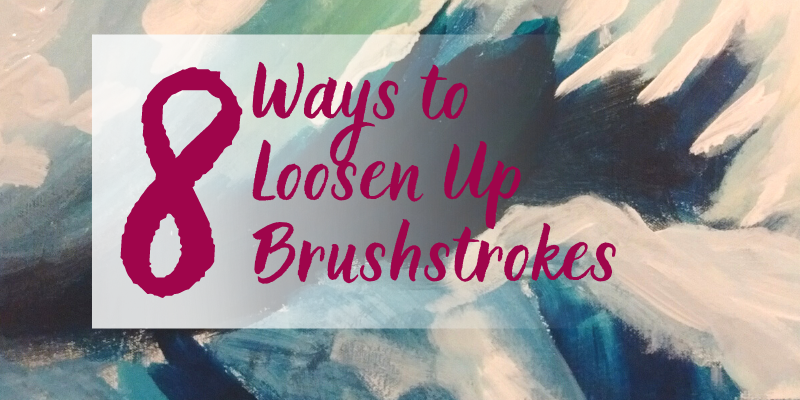
by Kristen O'Neill | Jan 31, 2023 | Art Lessons
Loosen Up Brushstrokes A lot of painters struggle with ways to loosen up brushstrokes to create the feeling they want in their paintings. The Impressionists helped us fall in love with brushstrokes. And, for over a hundred years, artists have explored celebrating...
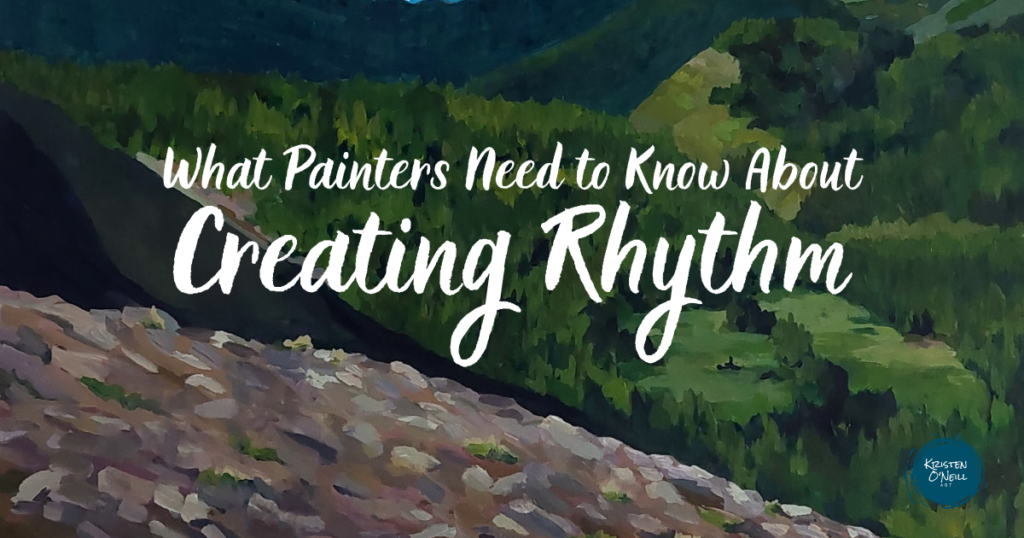
by Kristen O'Neill | Jan 24, 2023 | Art Lessons
What is Rhythm in Paintings? Rhythm is a visual tempo in an artwork. Creating rhythm in paintings causes a sense of movement or action to be suggested. Viewers love the sense of predictability and satisfaction they feel from understanding the composition. It can help...
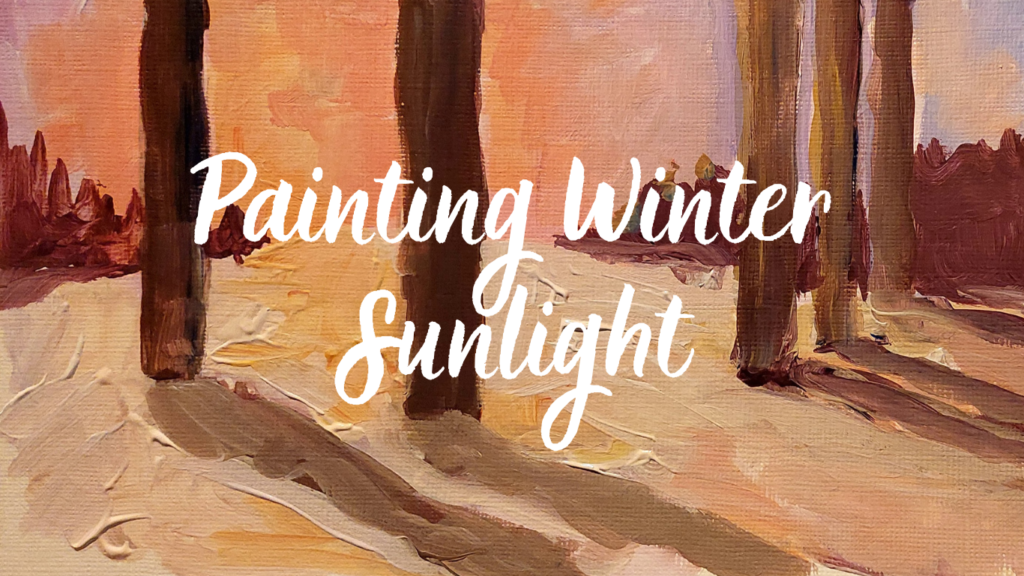
by Kristen O'Neill | Jan 17, 2023 | Art Lessons
Why Winter Sunlight is Different In the winter, the sun goes through the sky in a much lower arc than summer or spring. Just as sunrise and sunset are affected by the low position in the sky, so is the winter sun. Depending on where you are, this can be a dramatic...
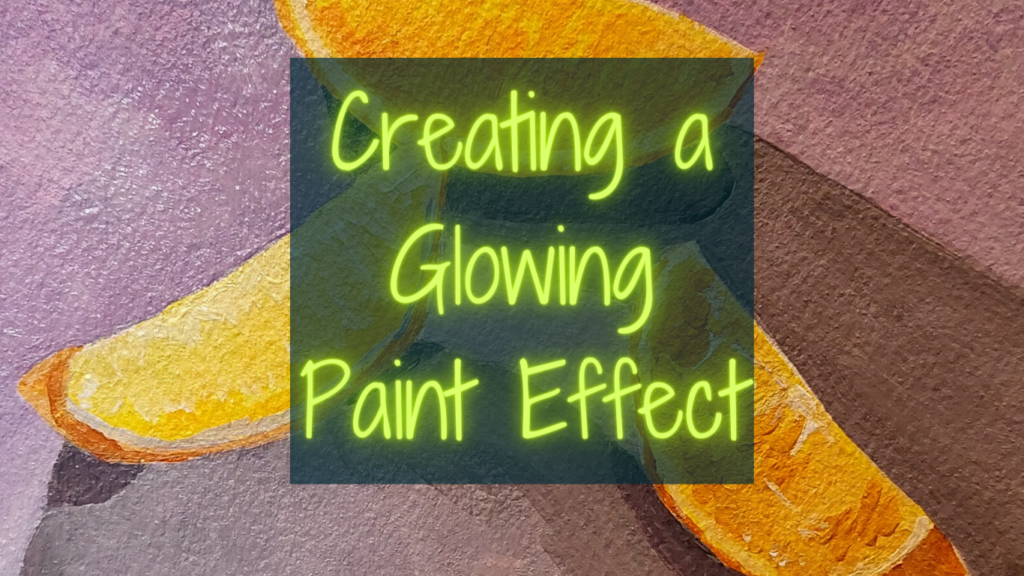
by Kristen O'Neill | Jan 10, 2023 | Art Lessons
Glowing Paint Effect Ever seen a painting glow? Then suddenly you realize that just using regular paint colors, this artist was able to create that amazing effect. In this lesson, I cover how you can get that paint glowing effect, without any special kinds of radiant...

by Kristen O'Neill | Jan 3, 2023 | Art Lessons
One of the most common questions I get from art students is, “How do I start a painting?” A blank paper or canvas can be exciting, but also stirs up a bit of fear in us. “I haven’t screwed it up yet,” was a common a thought that ran...
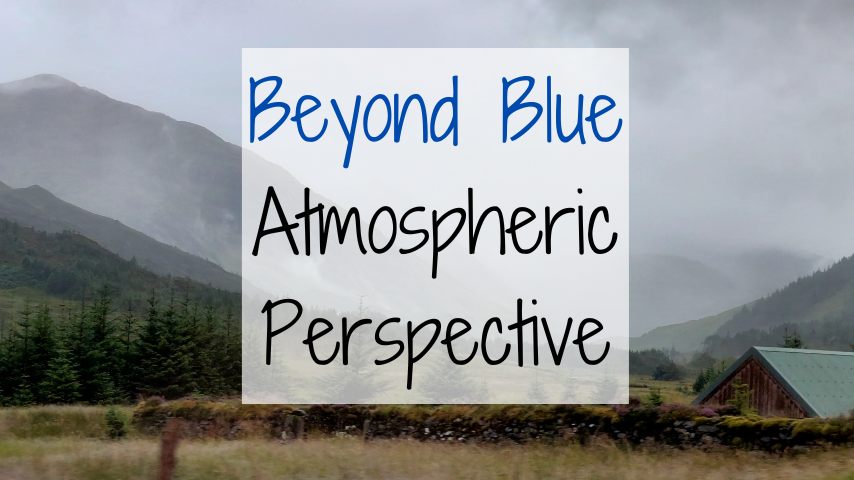
by Kristen O'Neill | Dec 27, 2022 | Art Lessons
Atmospheric Perspective – What is it? Atmospheric perspective helps us create the illusion of depth in landscape painting. As the land get further away from us the colors get less intense and shift in hue. This is due to the lightwaves scattering off of...

by Kristen O'Neill | Dec 20, 2022 | Art Lessons
The Quest for Realistic Greens Many painters find that mixing up a realistic green is the hardest color task. If you have struggled, know that you aren’t alone! Over the years, a painter often develops their “go-to” formula for the greens they need....

































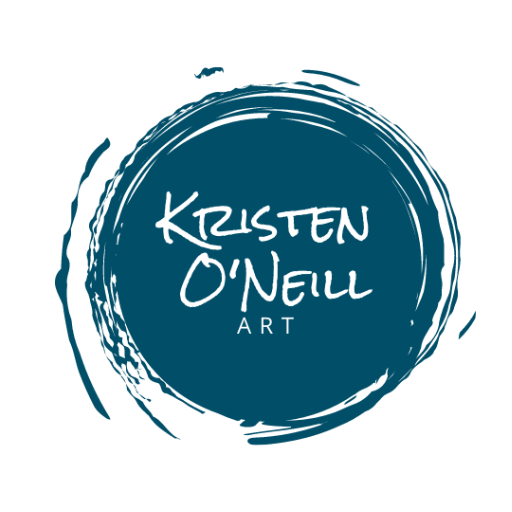
Recent Comments